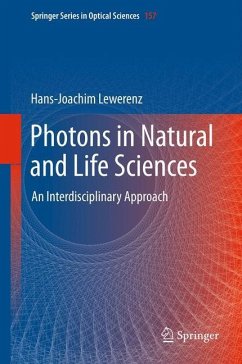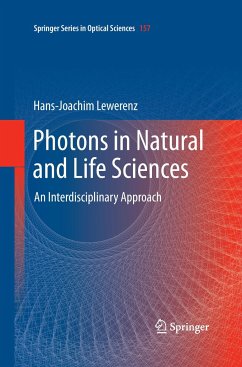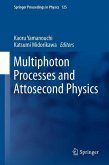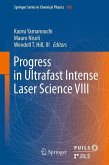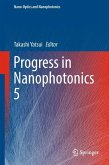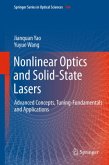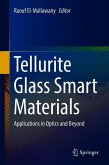Spanning physics, chemistry, proteomics, photosynthesis and spintronics, this book describes photon generation processes from nuclear reactions, electron motion and discrete quantum transitions, and shows the use of photons in modern natural and life sciences.
The book describes first the principle photon generation processes from nuclear reactions, electron motion and from discrete quantum transitions. It then focuses on the use of photons in various selected fields of modern natural and life sciences. It bridges disciplines such as physics, chemistry, earth- and materials science, proteomics, information technology, photoelectrochemistry, photosynthesis and spintronics. Advanced light sources and their use in natural and life sciences are emphasized and the effects related to the quantum nature of photons (quantum computing, teleportation) are described. The content encompasses among many other examples the role of photons on the origin of life and on homochirality in biology, femtosecond laser slicing, photothermal cancer therapy, the use of gamma rays in materials science, photoelectrochemical surface conditioning, quantum information aspects and photo-spintronics. The book is written for scientists and graduate students from all related disciplines who are interested in the science beyond their immediate research field. It is meant to encourage interdisciplinary research and development in an age where nanoscience results in a convergence of formerly more disparate science.
The book describes first the principle photon generation processes from nuclear reactions, electron motion and from discrete quantum transitions. It then focuses on the use of photons in various selected fields of modern natural and life sciences. It bridges disciplines such as physics, chemistry, earth- and materials science, proteomics, information technology, photoelectrochemistry, photosynthesis and spintronics. Advanced light sources and their use in natural and life sciences are emphasized and the effects related to the quantum nature of photons (quantum computing, teleportation) are described. The content encompasses among many other examples the role of photons on the origin of life and on homochirality in biology, femtosecond laser slicing, photothermal cancer therapy, the use of gamma rays in materials science, photoelectrochemical surface conditioning, quantum information aspects and photo-spintronics. The book is written for scientists and graduate students from all related disciplines who are interested in the science beyond their immediate research field. It is meant to encourage interdisciplinary research and development in an age where nanoscience results in a convergence of formerly more disparate science.

